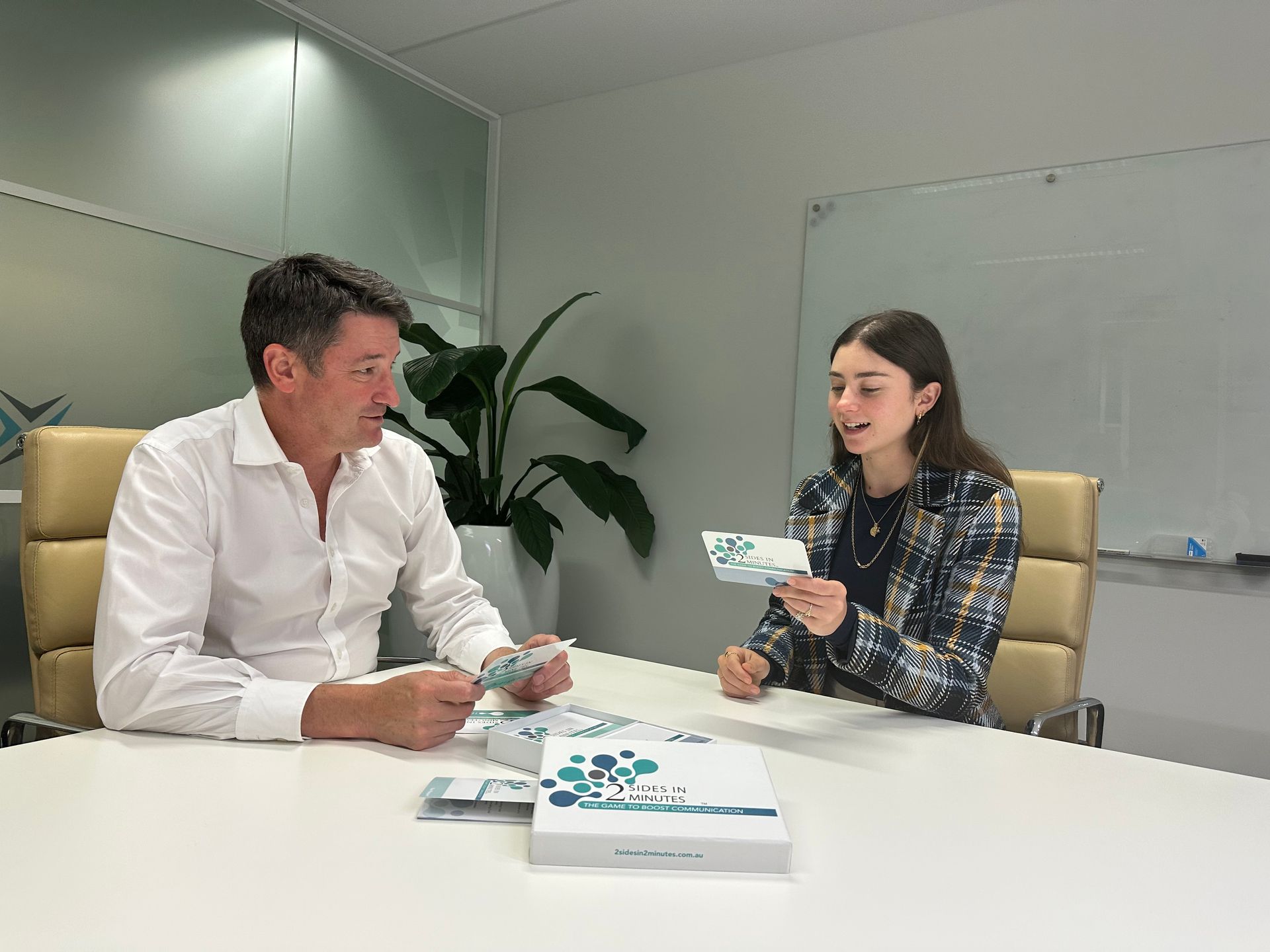Trending Blogs


BUILDING RESILIENT TEAMS

Recently, Project Resource Partners were fortunate enough to have two time Olympian Katie Foulkes present our most recent workshop: Building Resilient Teams for Times of Ambiguity and Change. Given the events of 2020, our ability to be resilient has never been more important. How we, as teams and organisations support our people to be resilient has never been more vital. Using her sporting background in part, but more pertinently relating it to the teams we all work in, Katie painted a picture of how organisations are essential to our resilience.
Katie’s presentation provided a different view on resilience to the one that usually prevails, alluding to the fact that resilience is more than being hard and gritty as an individual, and what it is as individuals we do ourselves in the face of a challenge. Leaving it to individual resources is unsustainable, therefore what is available externally, from the system, organisation, team or network is at least as important in allowing us to turn toward our challenges.
These are my top 10 takeaways from what was an enlightening, and though provoking workshop, that reinforced my understanding that as a leader of a team and company, I am accountable for providing the environment and resources to ensure we are able to face the challenges in front of us.
- Traditionally we think of resilience as relating to the individual and what is internal to them. We don’t attribute any success or otherwise to any external resources, nor to the importance of the whole environment. This means that when a challenge is not met, we often revert to ‘she / he was not resilient.’
- As an individual we rise to a challenge through an increase in our levels of arousal, that can be measured on the Performance Arousal Curve. If you look at it from a sporting perspective, low arousal equates to low performance, too much arousal creates anxiety and that again impairs performance, but at peak arousal brings peak performance. Athletes are trained to regulate those arousal levels from breathing techniques, to pre-match routines, but what do we do as organisations?
- In sport, that peak performance state, is a moment in time, a 10 second sprint or an 80 minute match. As organisations though we expect continuous high performance, but usually without the recovery sessions or intensity sessions that an athlete would have. We simply expect our people to constantly keep performing, day after day, in what can become a ‘rat race’ rather then a 10 second running race.
- What has a huge impact on this for the people facing the ‘rat race’ challenges, is that as individuals we only have a infinite pool of internal resources, and peak performance requires high levels of resource use. That can also mean that individuals need longer recovery times to replenish, and yet how often as leaders, do we ask for more, or even, more with less? This finite pool of resources is even more evident given that we are facing multiple challenges, and in fact, research has shown that even when there are no challenges, we conserve our resources for when the challenges come.
- It is when our resources are depleted or becoming increasing scarce that people start to feel stress, start to have their mental health impacted, and certainly stop being able to perform at their peak.
- The relationship between an individual and a challenge is mediated by the external resources that are available to us. To continue being resilient, and meeting challenges, it is essential that we have access to a range of available and appropriate resources from external sources, such as our team, organisation or network. This shows that our resilience, is not just about the individual, but about the system, what we get from our team, function or organisation.
- With the right external resources, we feel we’re more confident in turning toward challenges, and being optimistic, as we understand the challenge, in the knowledge our organisation has given us the external resources and support to meet it. That knowledge of support also allows us to grow and develop and be more willing to actively seek solutions.
- As organisations though, this requires us to understand what our people need to be able to meet the challenges they face, and to feel they can be resilient. From this understanding, the knowledge that we need to be willing to invest to ensure the right resources are available, accessible and appropriate. We also need to accept that our people’s ability to meet a challenge is as much about us as an organisation as it is the individual. We face the challenges together, and we are as accountable for the outcome.
- Key to us providing the resources is how collaborative we make the organisation, how well we educate that resilience is not about being hard or gritty, but identifying what resources are needed. All of that comes from listening and being able to have quality coaching conversations. That allows us to identify the challenges, now and into the future, and what resources are needed to be successful.
- We also need to encourage our teams to talk with each other about their challenges, what may come up and how we can work together to overcome the challenges that we might face, and how can we collaborate, co-ordinate and compromise.
What all of this means for an organisation is we need to consider; do we want to run lean, or can we use the system and what we have to store surplus resources, through creating them, garnering them resources in the system and building them. If we do that, we can ensure we have resilient organisations, with resilient teams and resilient people.


